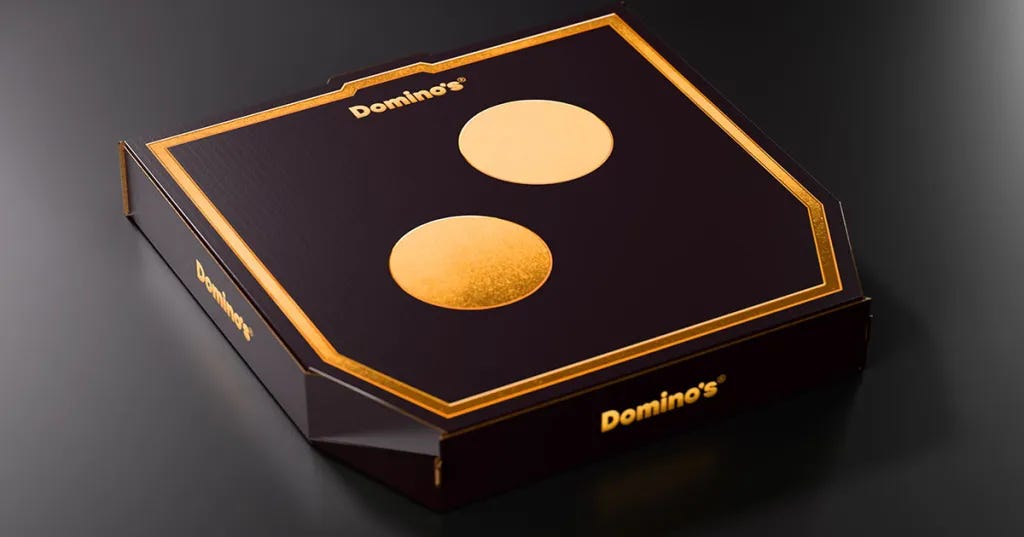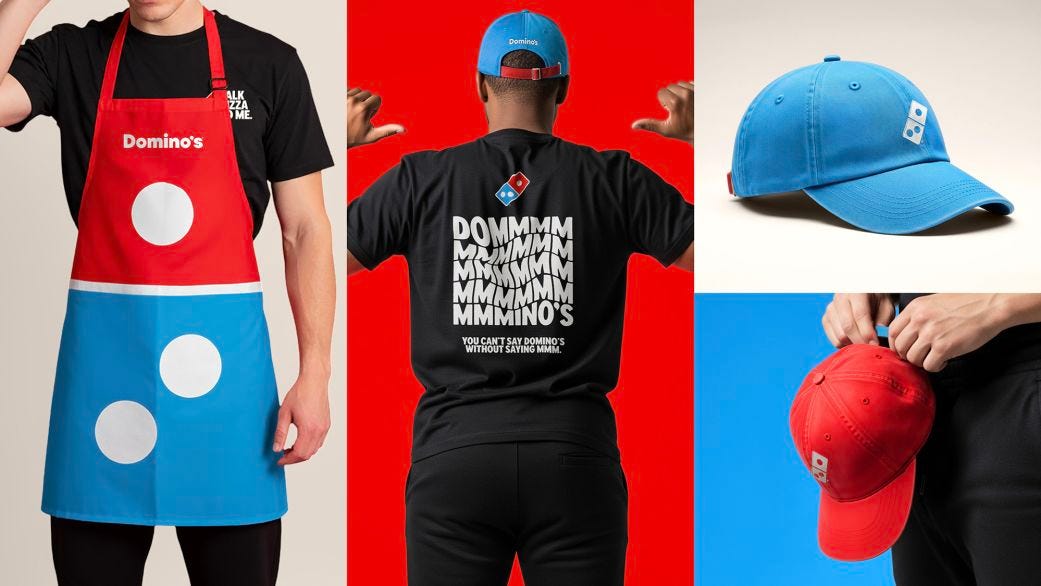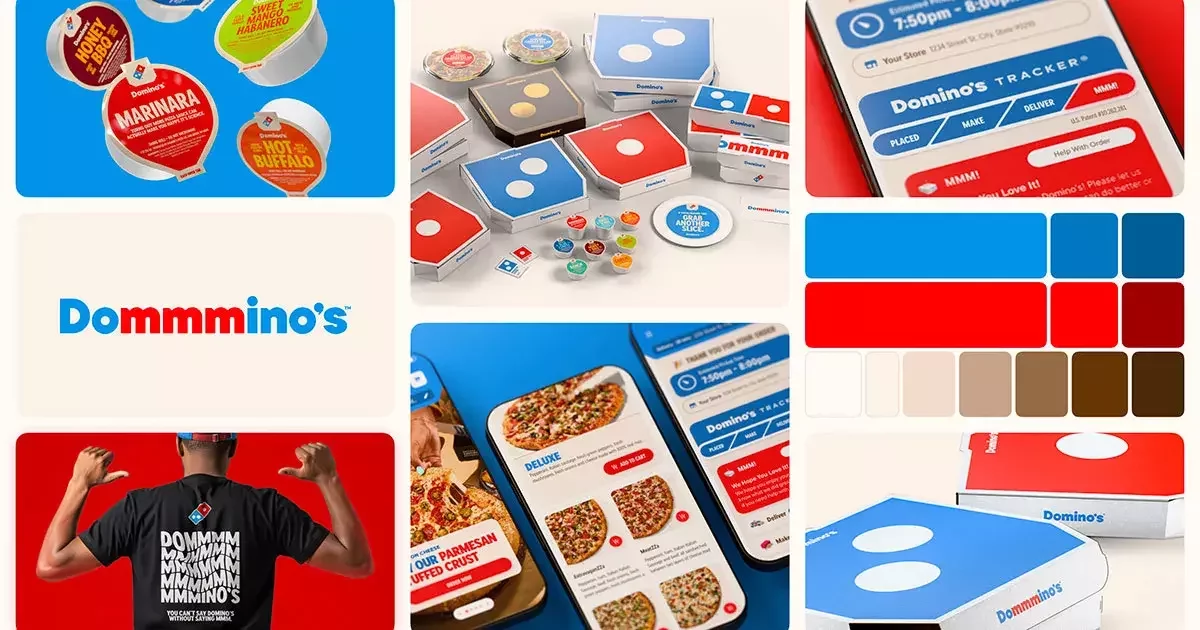
Kate Trumbull, Domino’s CMO, had a problem most CMOs dream about.
Her brand was printing money. Thirteen straight years of growth. Nearly $20 billion in sales. Digital orders up 85%. They’d beaten Pizza Hut so badly it wasn’t even close anymore.
So she did what any rational executive would do.
She blew it all up.
Not because customers were leaving. Not because the brand was tired. But because she saw something nobody else did: Domino’s had become the FedEx of food.
People loved the tracker. The app was brilliant. The two-click reorder was magic.
But nobody craved the actual pizza.
Challenge
For a decade, Domino’s sold itself as a tech company. The tracker became more famous than the pepperoni. Their engineers got more press than their pizza makers.
Because tech gets old. Pizza doesn’t.
Meanwhile, Gen Z scrolls past ads like they’re spam calls. You get one second on TikTok before they swipe. Maybe two if you’re lucky. The old TV playbook died somewhere between Instagram Reels and DoorDash.
Domino’s had a choice to make. Keep riding the tech wave until someone builds a better app, or remind people why they actually ordered pizza in the first place.
Most brands wait until sales tank before they refresh. By then, you’re not innovating from strength, you’re panicking from weakness. The market smells desperation and your best customers get confused. You end up like Cracker Barrel, announcing a rebrand that triggers such fierce backlash you lose $100 million in market cap and have to reverse course entirely.
Kate saw the cliff before driving off it. The question was whether changing the formula while winning would create more problems than it solved.
The Boxes
They launched their first rebrand in 13 years.
But they didn’t torch their heritage. They kept the red and blue but made them hotter. The new font got thicker and doughier. Everything screamed “fresh pizza” instead of “download our app.”
The boxes got the biggest facelift. Simpler. Brighter. Instagram-ready. Because Kate noticed that hundreds of people post their pizza boxes every single day. Free ads. But their old boxes looked like cardboard from 1997.
The premium play was smarter. Their stuffed crust boxes now come in black and metallic gold. Feels expensive. Looks indulgent. Same pizza, different signal.
Except there’s risk buried in that move. Black and gold signals luxury. But Domino’s core promise is cheap, fast, reliable pizza. If the fancy box makes people think stuffed crust costs too much, they’ll order less of it. Premiumization only works if your customer wants to trade up. Get it wrong and you alienate the base that built you.
The Jingle
Then there’s the jingle. They hired five-time Grammy nominee Shaboozey to sing “Dommmino’s.” Not cute. Calculated. You literally can’t say the name without saying “mmm.” They call it a “cravemark.”
It’s a sensory hack baked into their brand name.
But cultural moments die fast. Shaboozey is hot now. If “Dommmino’s” doesn’t become an earworm by January, they wasted their best hook on a novelty that ages like milk. You get maybe 90 days for a jingle to penetrate culture or it’s just background noise.
Timing
Kate said: “Most companies rebrand when they’re struggling. We’re doing it after years of growth because we want to be the best version of ourselves.”
Translation: We saw the cliff before we drove off it.
But not everyone’s convinced. The skeptics point out that they had thirteen years of growth with the old branding. Their digital system was best-in-class. Customers weren’t complaining about box colors or fonts. Now they’ve added complexity with multiple box designs, new uniforms, a jingle that might not stick. For what? A few extra Instagram posts?
Real Risk
The real risk is confusing their loyalists. The ones ordering three times a month because Domino’s is fast and familiar. Those people don’t care about “hotter blues” or celebrity jingles. They want their pizza in 30 minutes. Period.
And there’s a bigger operational land mine most people aren’t talking about: 99% of Domino’s stores are franchises. Those owners now have to buy new boxes, signage, uniforms, gear. That’s real money with unclear payback. If franchisees drag their feet, the rollout looks patchy and cheap. You’ll have stores with new branding next to stores with old branding. That inconsistency kills a refresh faster than anything.
Plus the economics are shaky. Consumer spending is soft right now. Restaurants are hurting. But sure, roll out expensive new packaging across 21,500 stores. If macro conditions tank and sales soften, this refresh looks like hubris instead of vision.
The biggest miss is that they buried their actual story. Their Parmesan Stuffed Crust was “one of the biggest new menu items in their history.” That product drove real growth. Real revenue. Real margin expansion. But now everyone’s talking about fonts instead of food. They might’ve just distracted from what was actually working.
They chose momentum over caution. And that only works if growth continues.
Result
Early signs look good. YouTube comments are positive. Social buzz is up. Every article mentioned it but nobody’s comparing them to Cracker Barrel’s disaster, which isn’t exactly confidence. That’s relief, not winning.
But the real win isn’t the fonts or colors.
It’s the honesty.
Kate admitted they’d become a tech company that sells pizza. That positioning was a time bomb. Tech ages in months. Pizza is forever. So they pivoted back to craveability before the market forced them to.
The lesson? Refresh from strength, not weakness. Wait until you’re struggling and you’re already behind. Do it while you’re winning and you stay ahead.
But staying ahead means protecting what made people love you in the first place. Domino’s kept their red and blue. They kept the domino logo. They just made it hotter. If you’re changing everything, you’re not refreshing...you’re replacing. And replacement is how you lose loyalists.
Whether this works comes down to execution. Can they roll it out evenly across 21,500 stores? Will franchisees adopt it fast enough to maintain consistency? Does the jingle stick or fade? Do the pretty boxes actually drive more orders, or just make existing customers feel slightly better about the same purchase?
We’ll know in six months.
